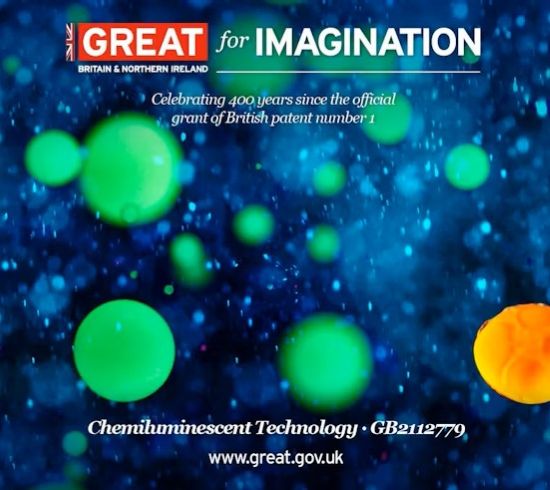Chemiluminescence describes the emission of light that occurs as a result of unique chemical reactions. In a chemiluminescence reaction, energy is released in the form of photons when electronically excited molecules, produced as a result of the reaction, relax to a stable ground state. The high signal/noise ratio that is achieved in these reactions makes chemiluminescence one of the most sensitive detection techniques used in medical diagnostics today.
Invitron’s Molecular Light Technology uses acridinium ester (AE) chemiluminescent compounds that can be linked directly to binding reagents such as antibodies or oligonucleotide probes. These labelled reagents can be individually designed to target an infinite range of substances of biomedical interest which are then quantified by the intensity of the light generated in the chemiluminescent reaction.
Our AE labelling compounds have enabled a new generation of advanced laboratory diagnostics, delivering higher diagnostic sensitivity and accuracy than previous techniques and delivering test results in a fraction of the time. For this reason AE technology has become the end-point-detection system of choice for leading clinical diagnostic analysers. Today, the technology still remains unsurpassed in terms of its sensitivity, precision and wide dynamic range. Invitron’s next-generation POC technology translates the functionality of an automated chemiluminescence analyser into a miniaturised format, bringing a new dimension to the range of applications for chemiluminescence assays.



